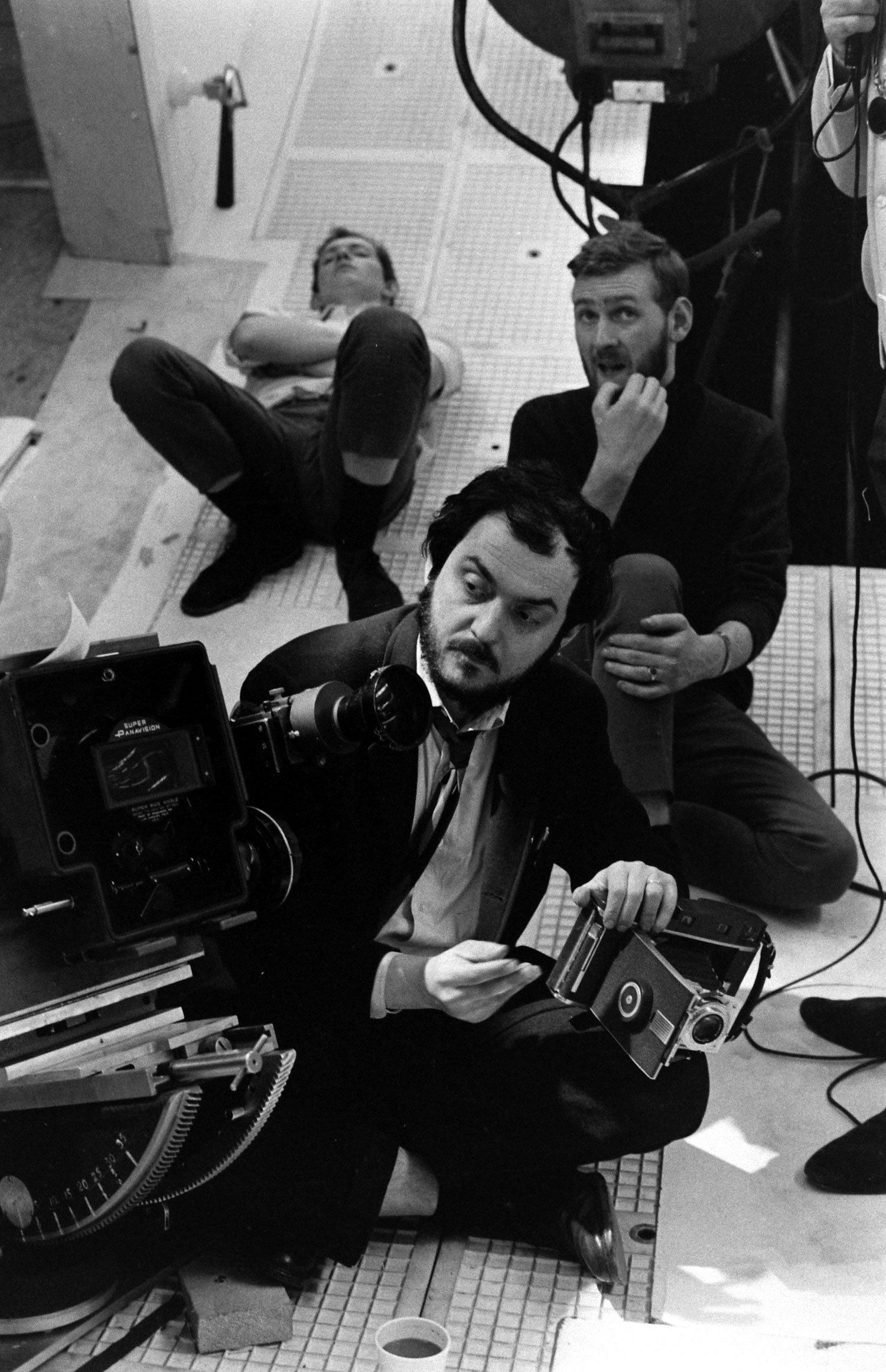
Few movies are as polarizing as Stanley Kubrick’s sui generis 1968 sci-fi opus, 2001: A Space Odyssey. A good number of film critics and movie buffs argue that it’s an indispensable cinematic masterwork. Others admire its technical brilliance and the uncompromising strength of Kubrick’s vision, but find the movie’s impenetrable philosophy — whatever it might be — forbidding, or off-putting, or both. And then there are those (few, and not terribly convincing) naysayers who deride 2001 as little more than self-absorbed, emotionally sterile twaddle not far removed from an elaborate, unfunny hoax.

But even the film’s most strident critics acknowledge that there’s something about Kubrick’s strange, insular onscreen universe that commands our attention. In fact, 2001 remains one of those exceedingly rare works of popular art that feels, somehow, intrinsically indifferent: indifferent to the usual laws of filmmaking; indifferent to criticism (or praise); indifferent even to the audience for which it was ostensibly created.
No one who makes movies wants his or her work to go unseen; but with A Space Odyssey, one gets the sense that Kubrick would have pursued his wholly unique cinematic quest even if he had somehow learned, or if someone had categorically guaranteed, that no one would ever experience the finished work.
There’s something so self-contained about 2001, something at-once so hermetic and so original that it somehow feels as if it’s always been here, or was always out there, waiting for a genius to give it expression. Like Beethoven’s Fifth, Joyce’s Ulysses or almost anything by, say, Picasso, Rodin or Prince, Kubrick’s 2001 doesn’t feel like it was assembled or crafted, but instead that it emerged, full-blown, from its creator’s mind.
Here, LIFE.com offers a series of photos from the set of 2001 — pictures that suggest the astonishing lengths to which Kubrick was willing to go in order to make his vision a reality. That the futuristic technology he envisioned feels authentic today speaks volumes about the man’s intellect, his dedication to the details of his craft and the boundless capacity for the human imagination to not only see, but to shape what’s to come.
Liz Ronk, who edited this gallery, is the Photo Editor for LIFE.com. Follow her on Twitter at @LizabethRonk.
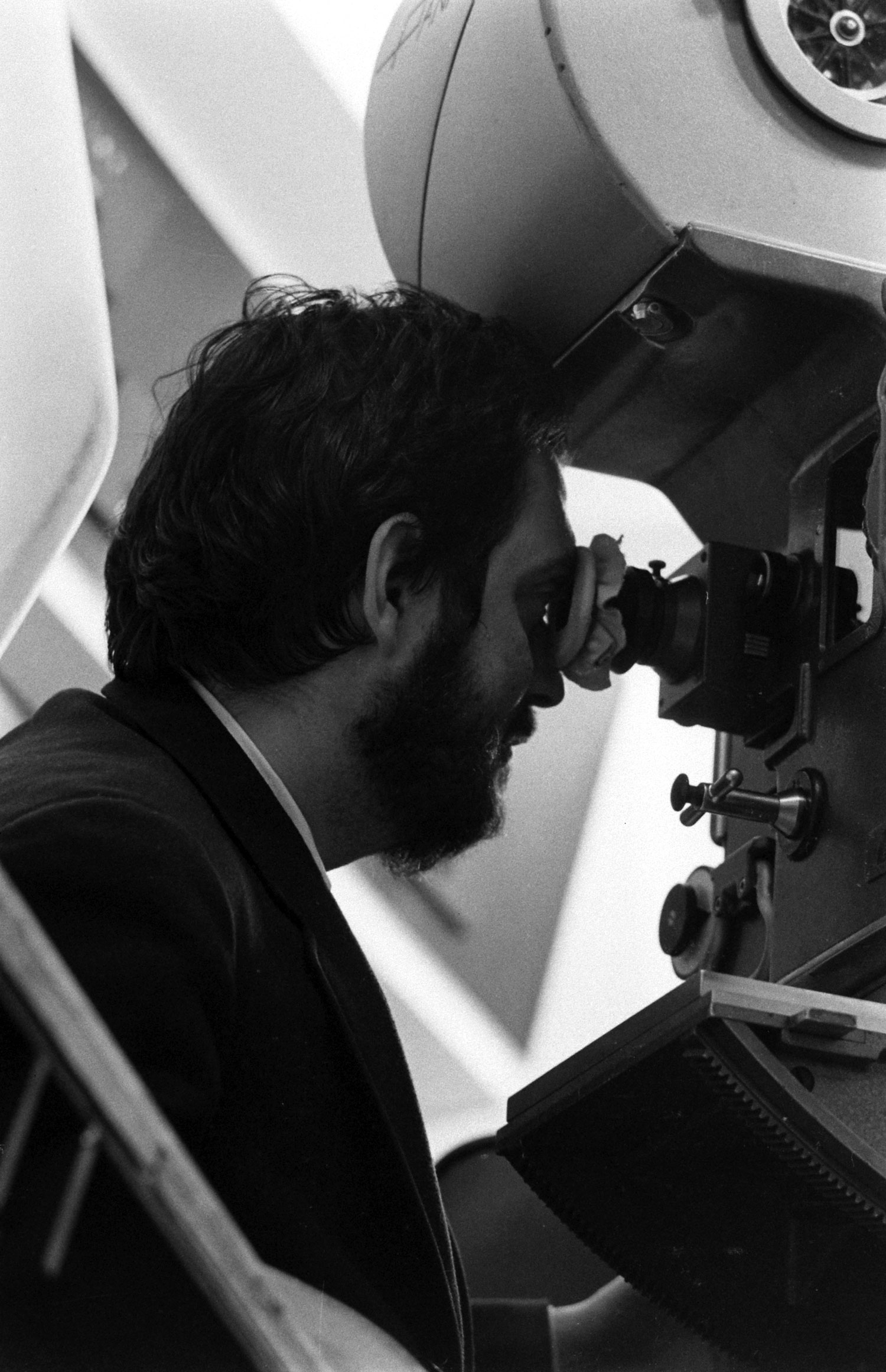
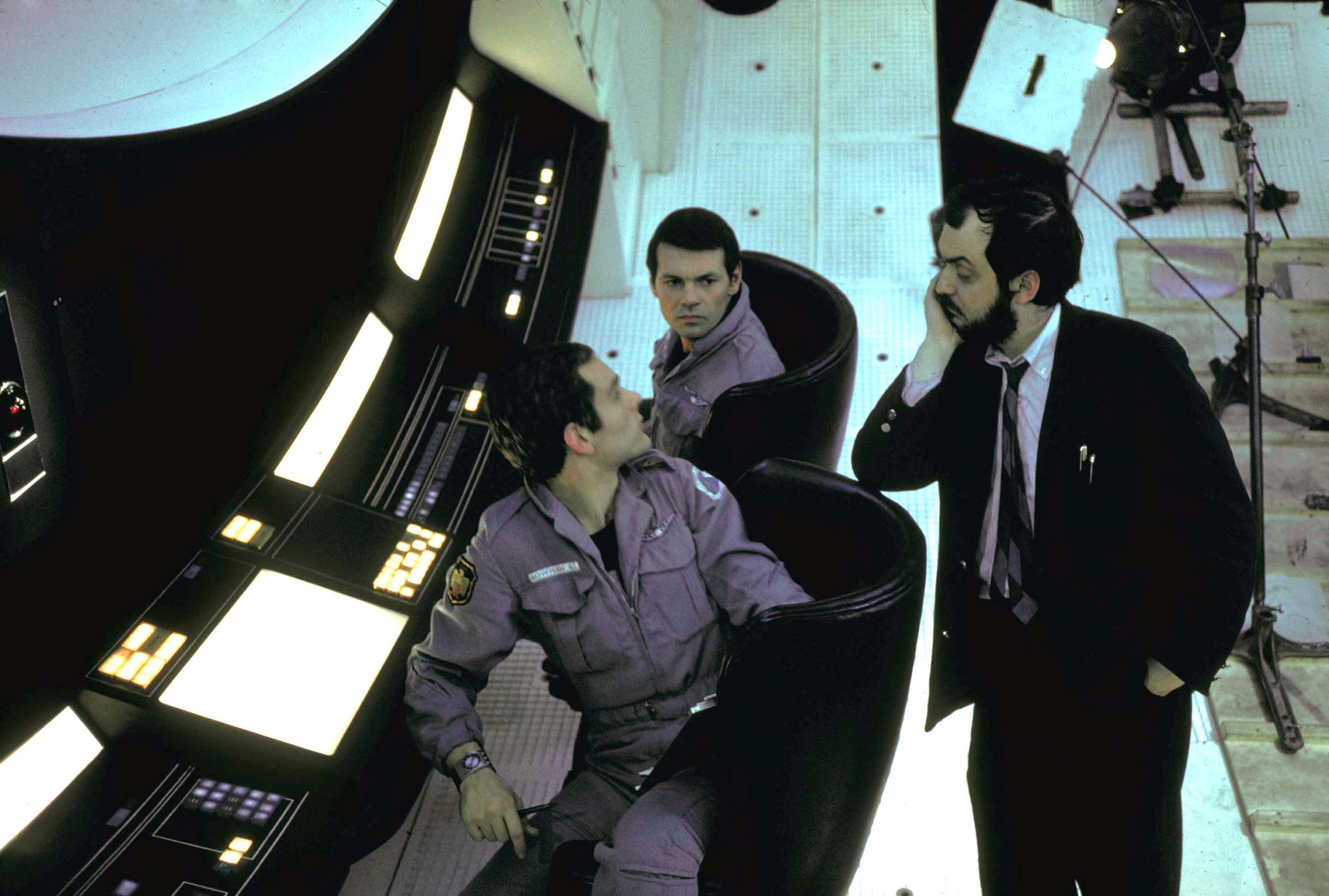
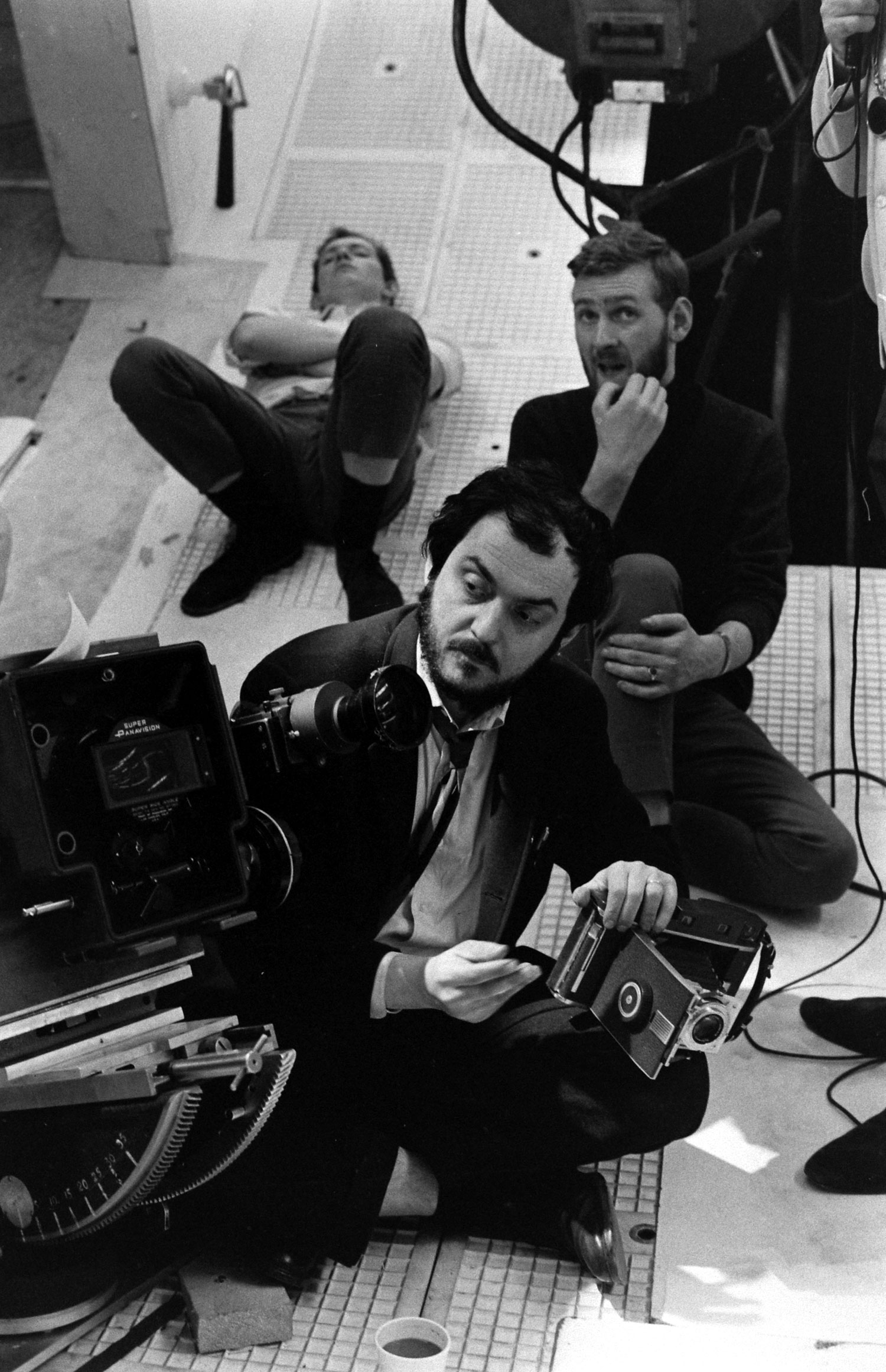
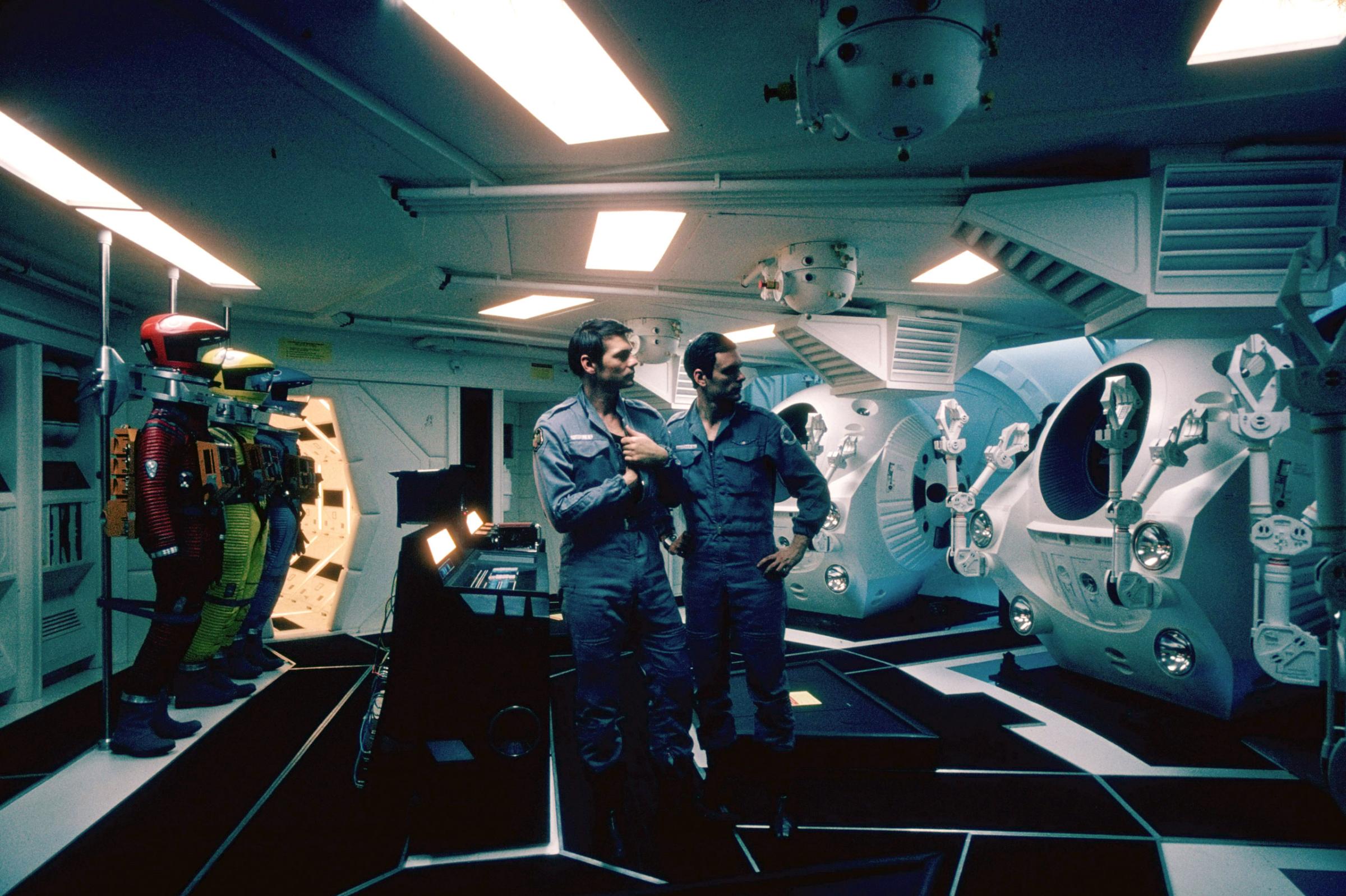


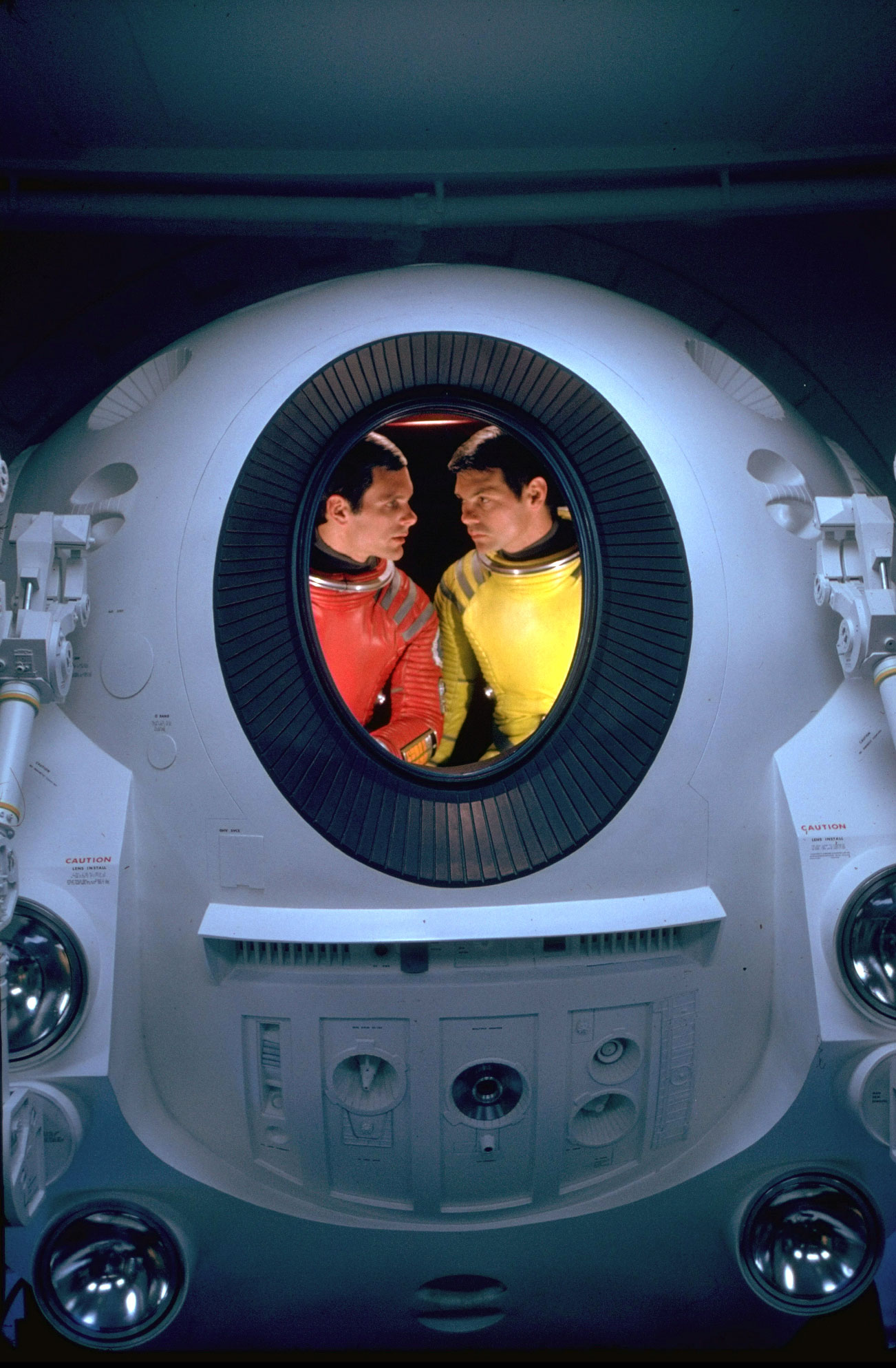
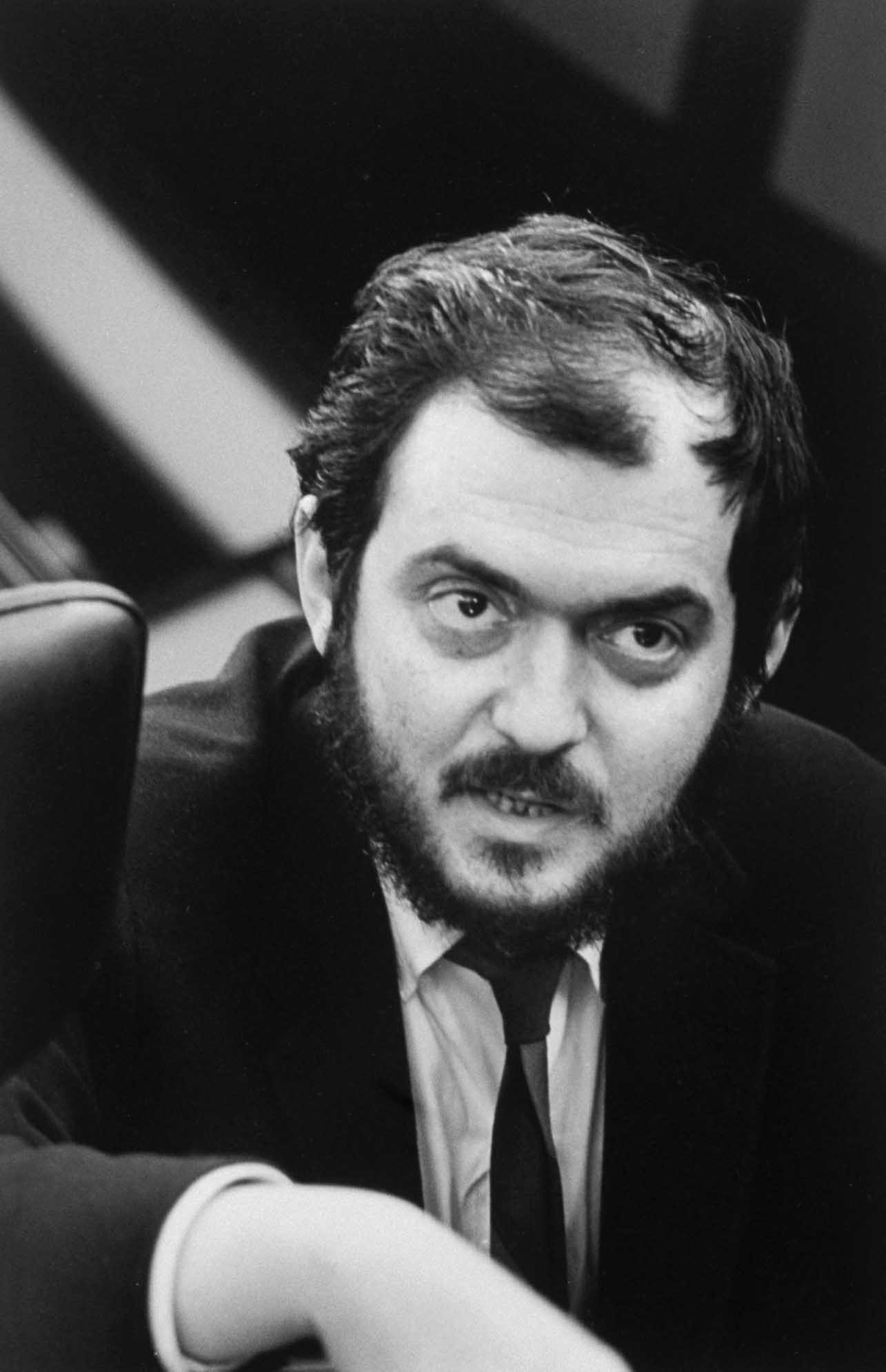
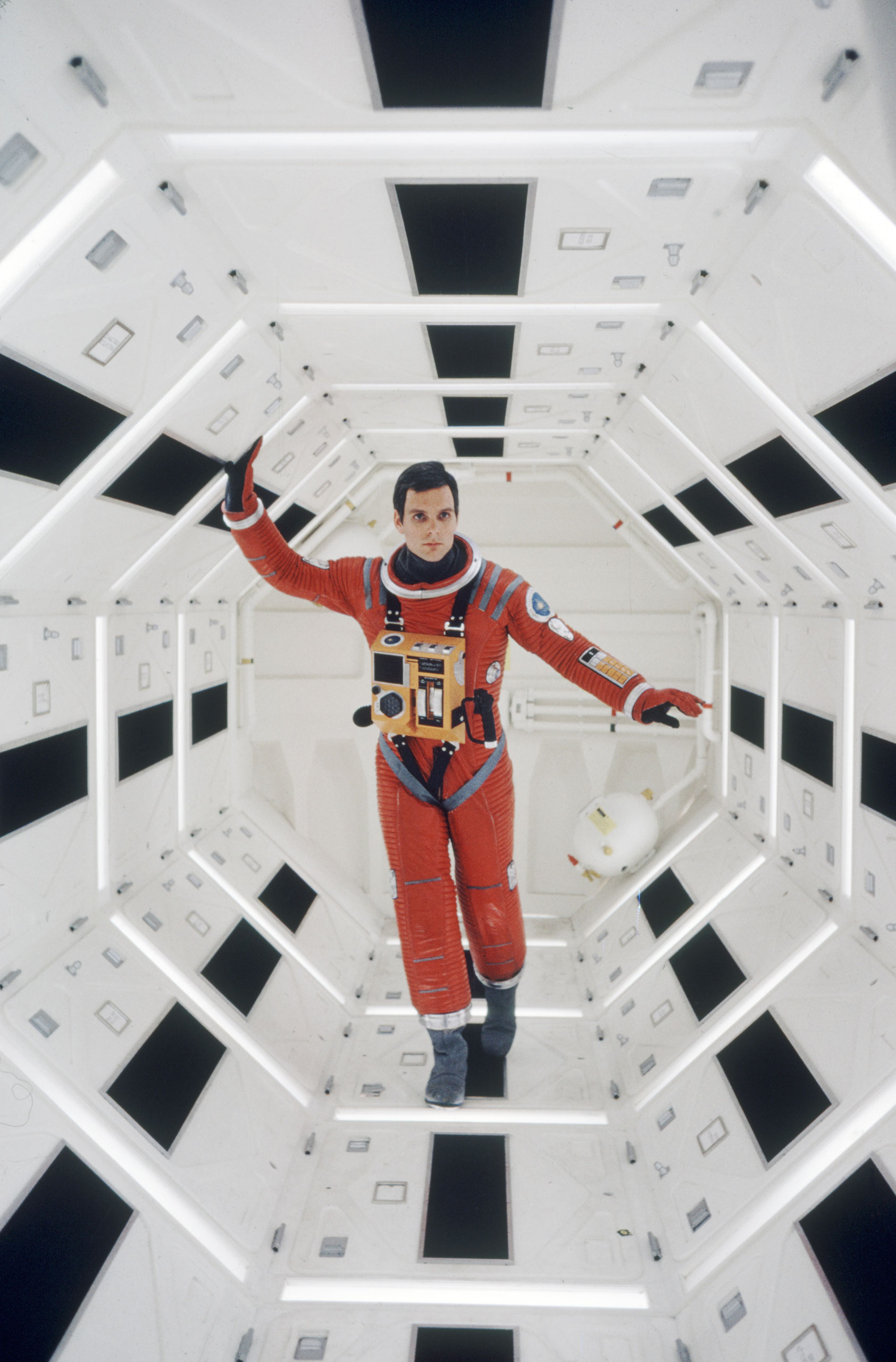
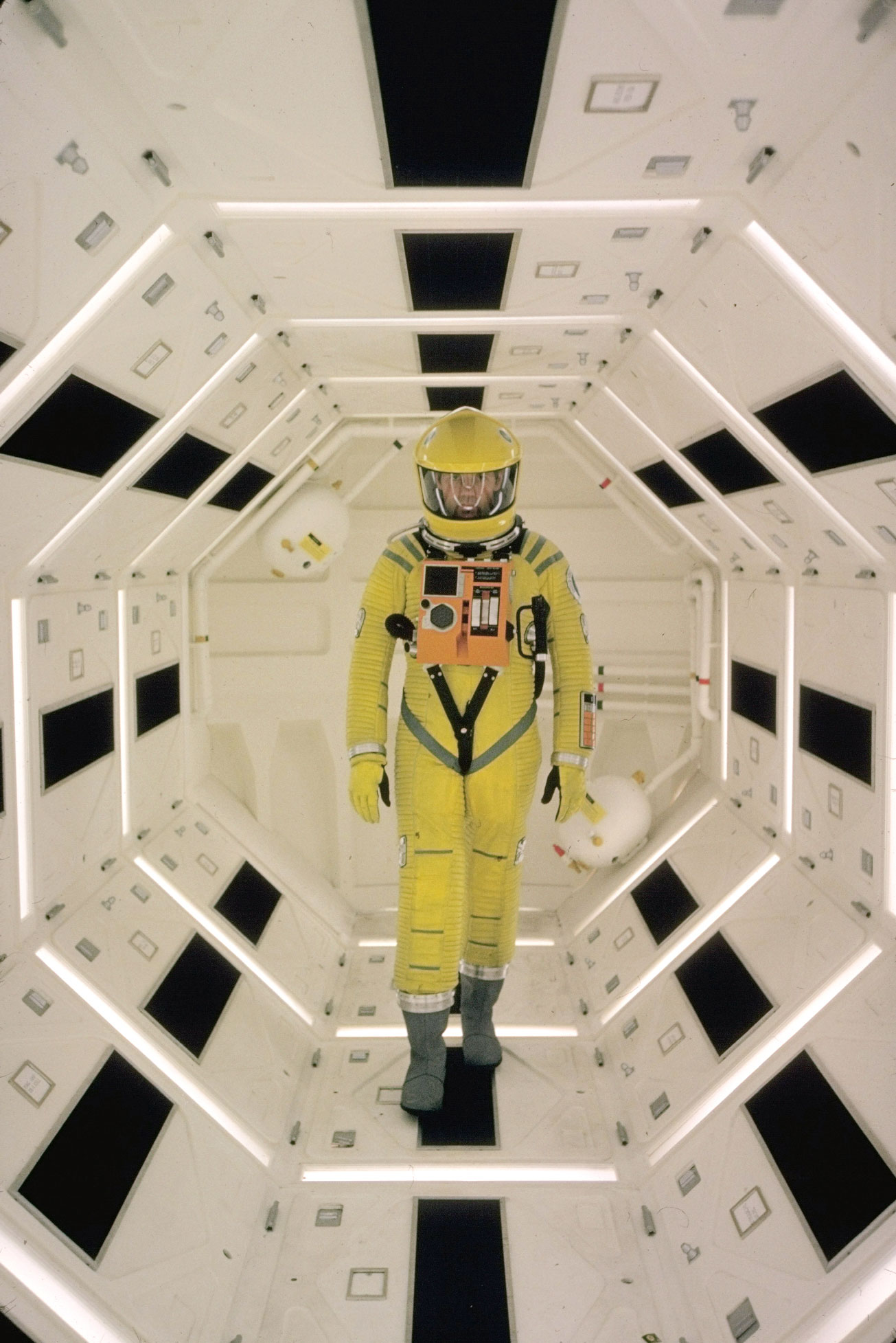
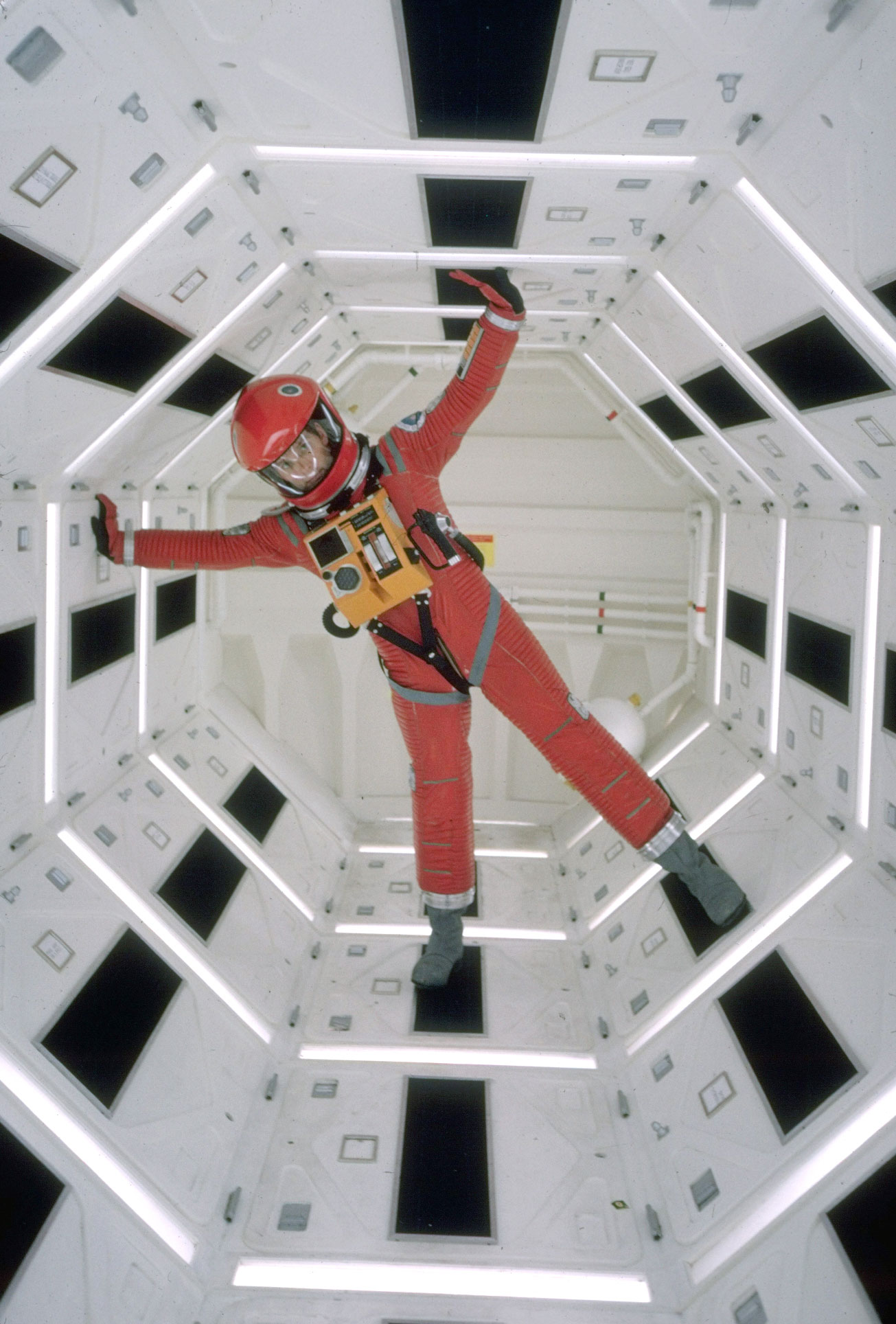


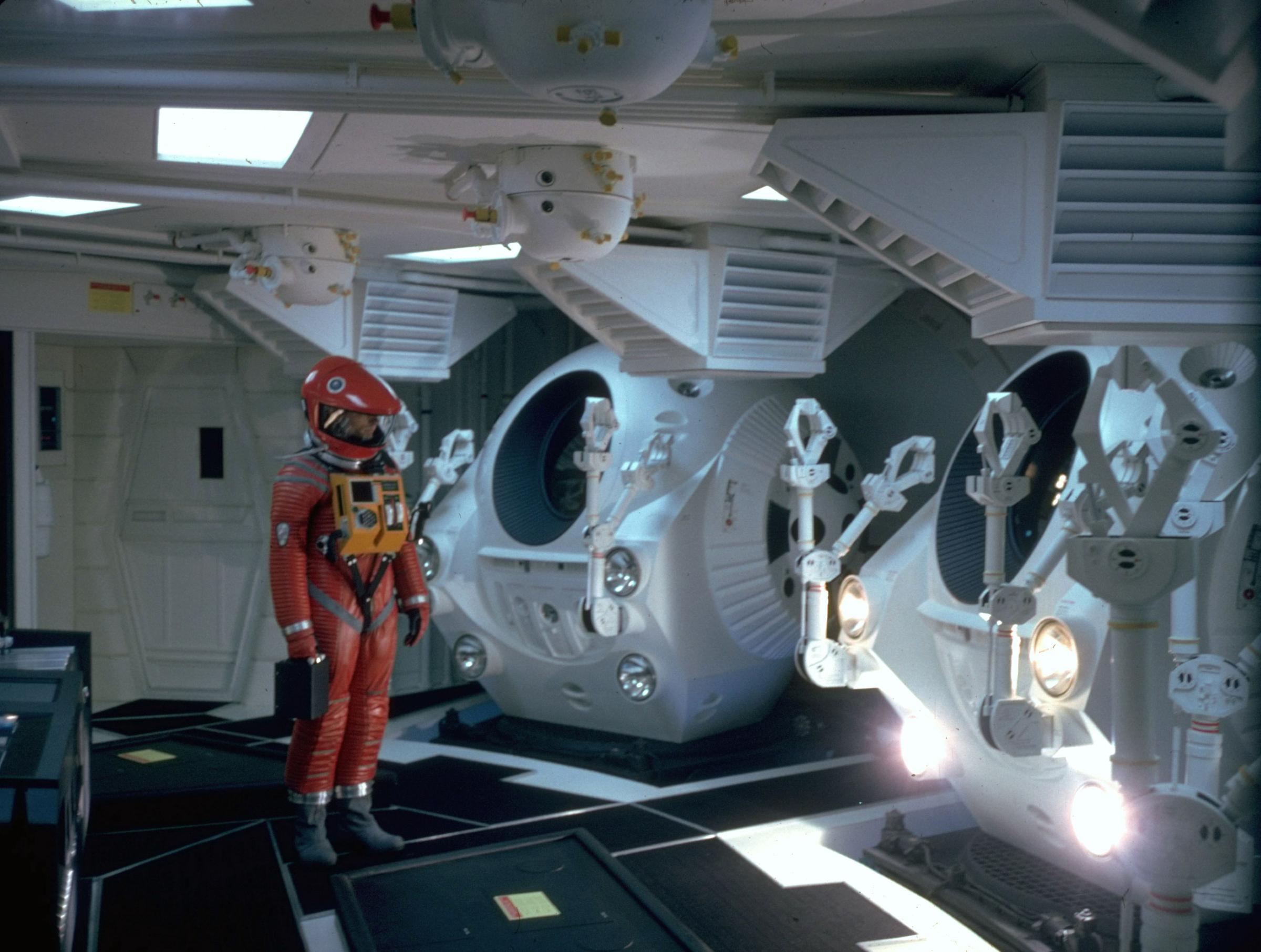

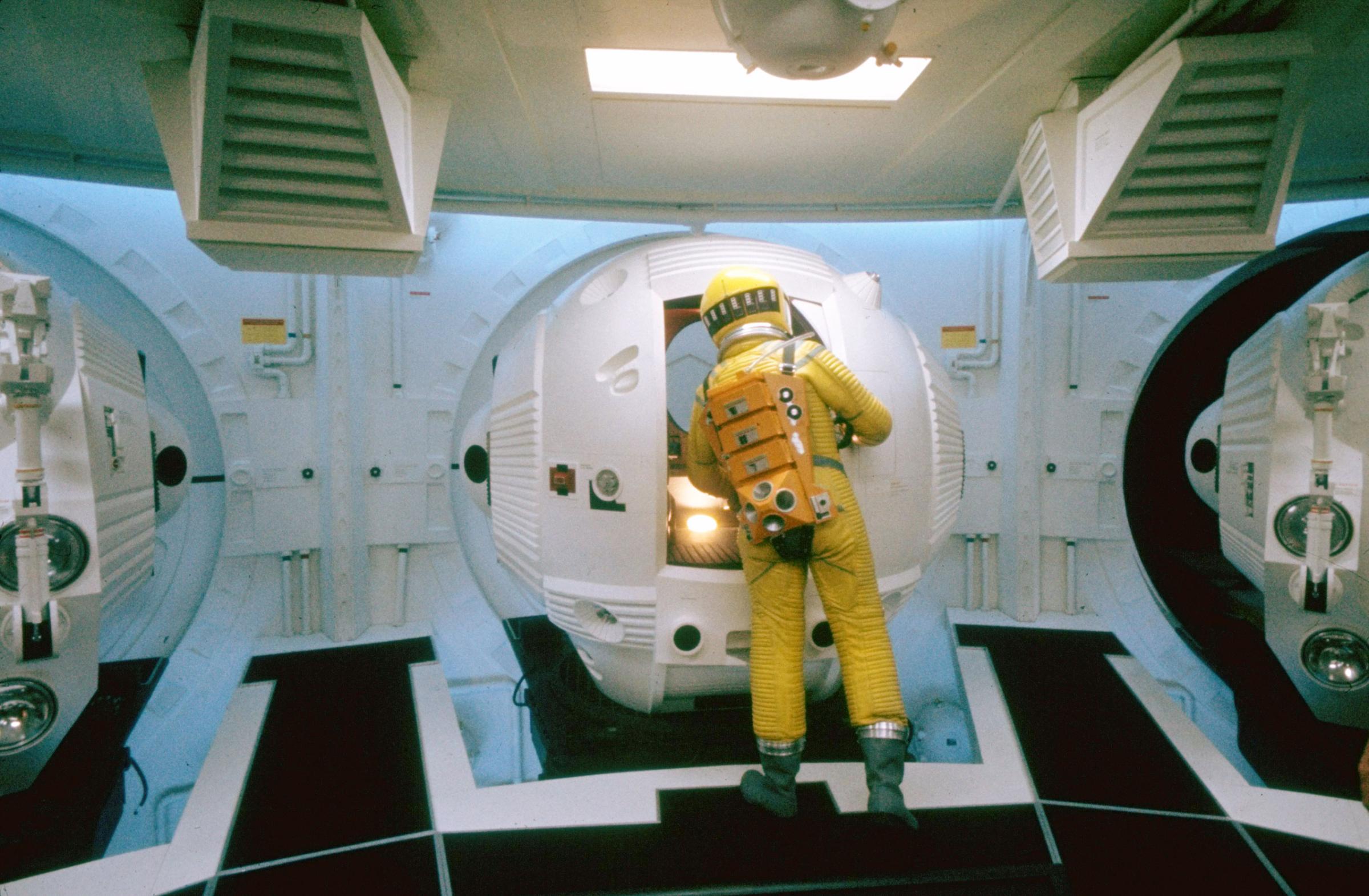
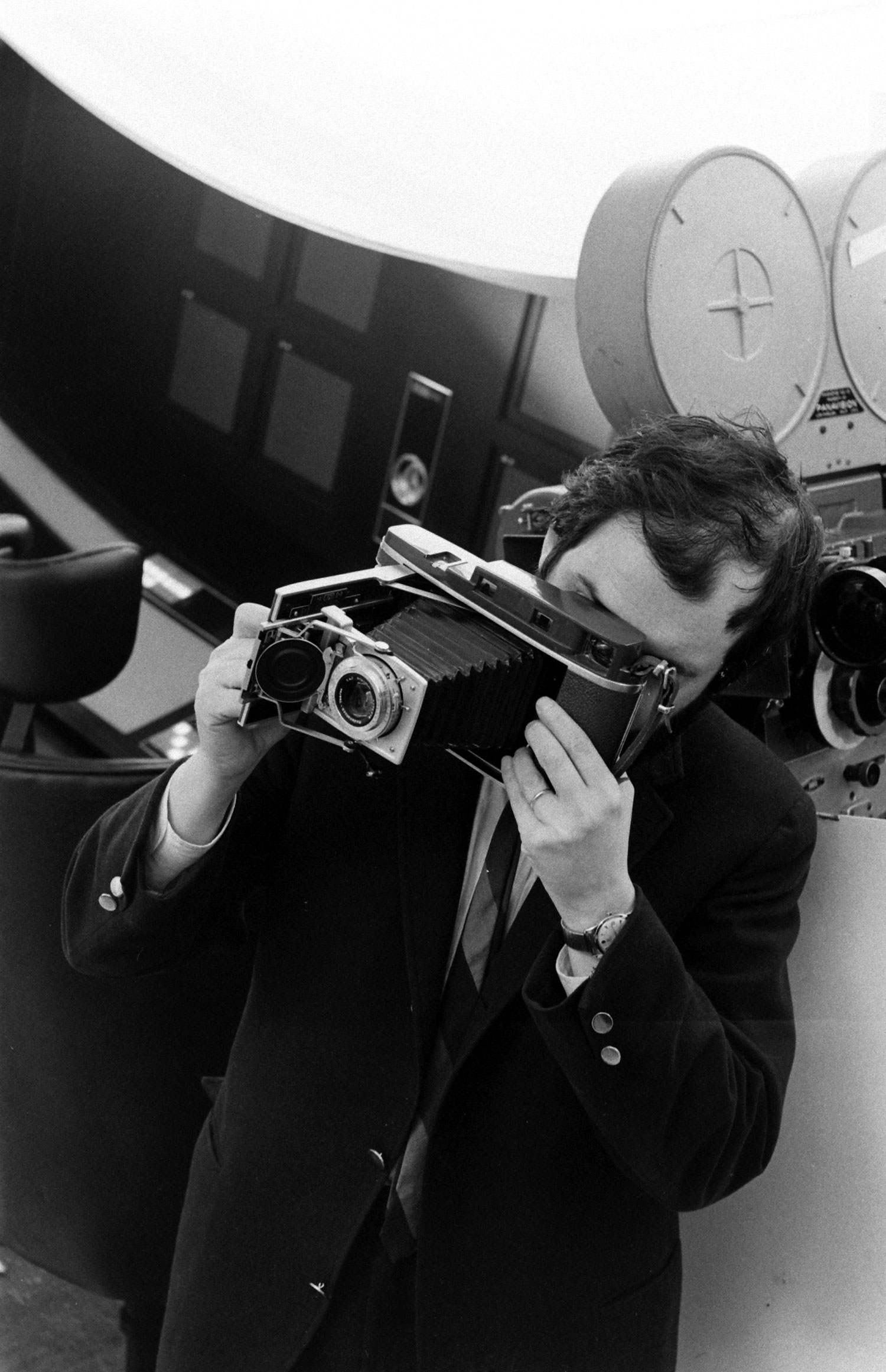

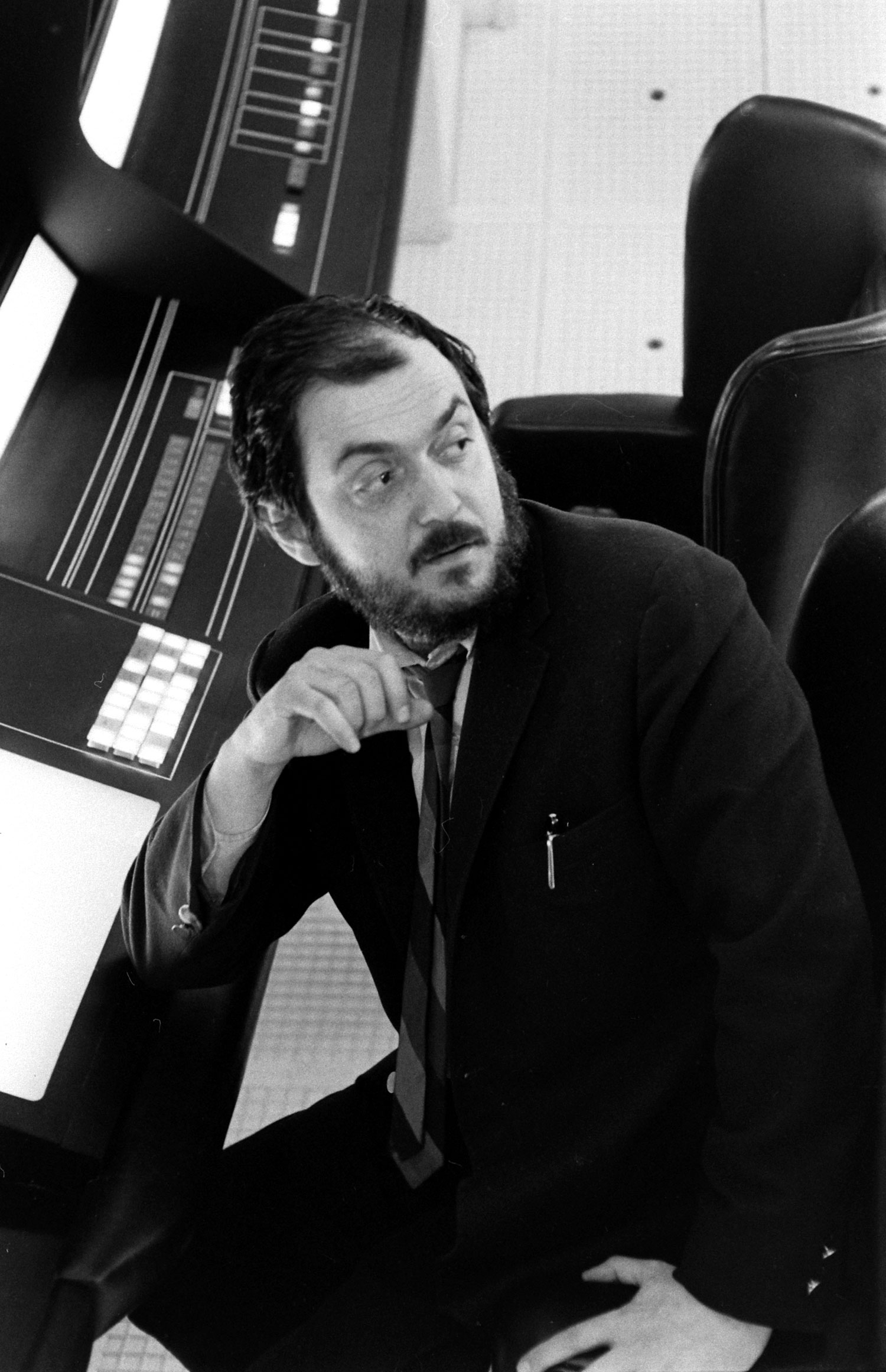
More Must-Reads from TIME
- Why Biden Dropped Out
- Ukraine’s Plan to Survive Trump
- The Rise of a New Kind of Parenting Guru
- The Chaos and Commotion of the RNC in Photos
- Why We All Have a Stake in Twisters’ Success
- 8 Eating Habits That Actually Improve Your Sleep
- Welcome to the Noah Lyles Olympics
- Get Our Paris Olympics Newsletter in Your Inbox
Contact us at letters@time.com